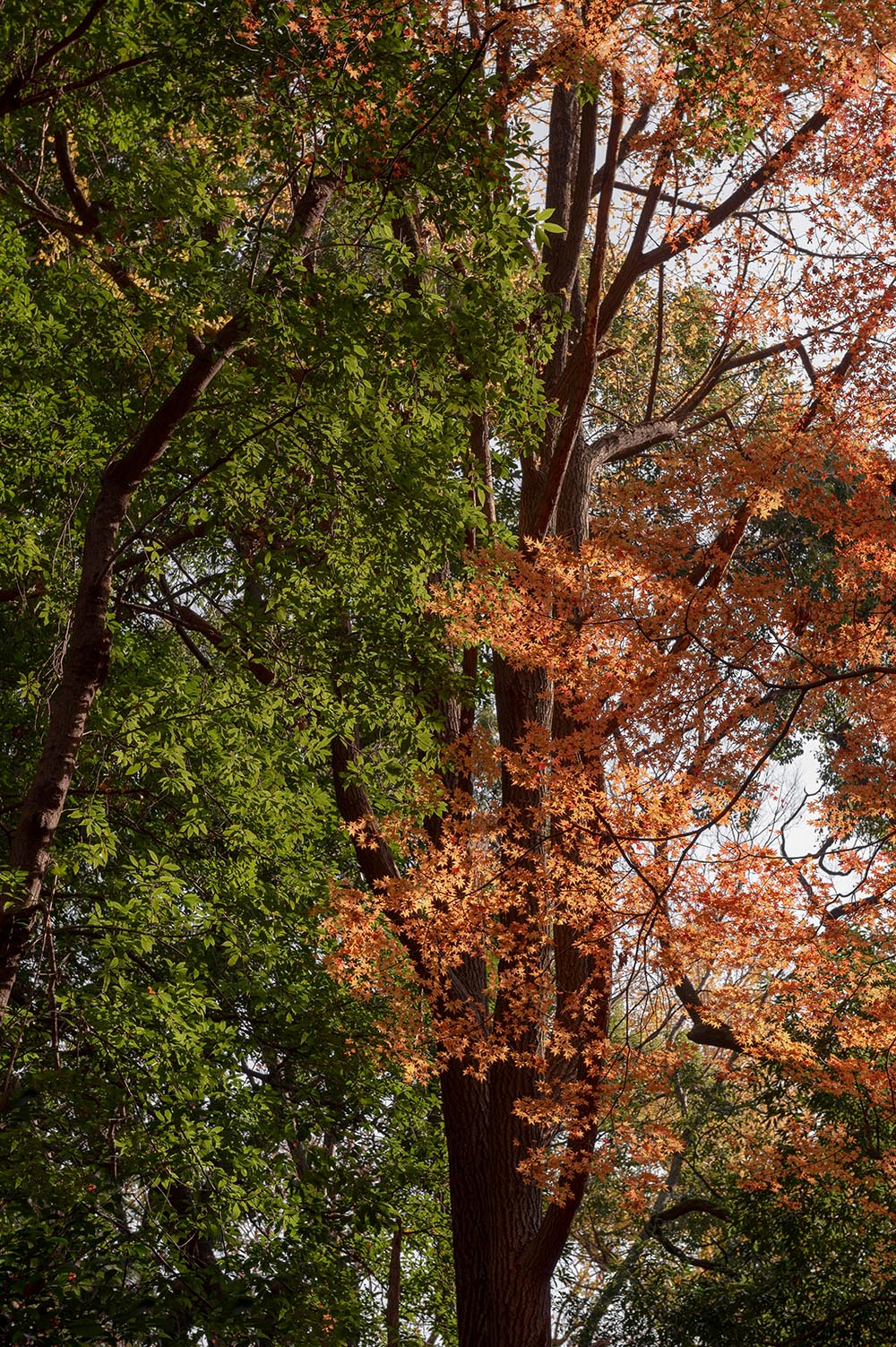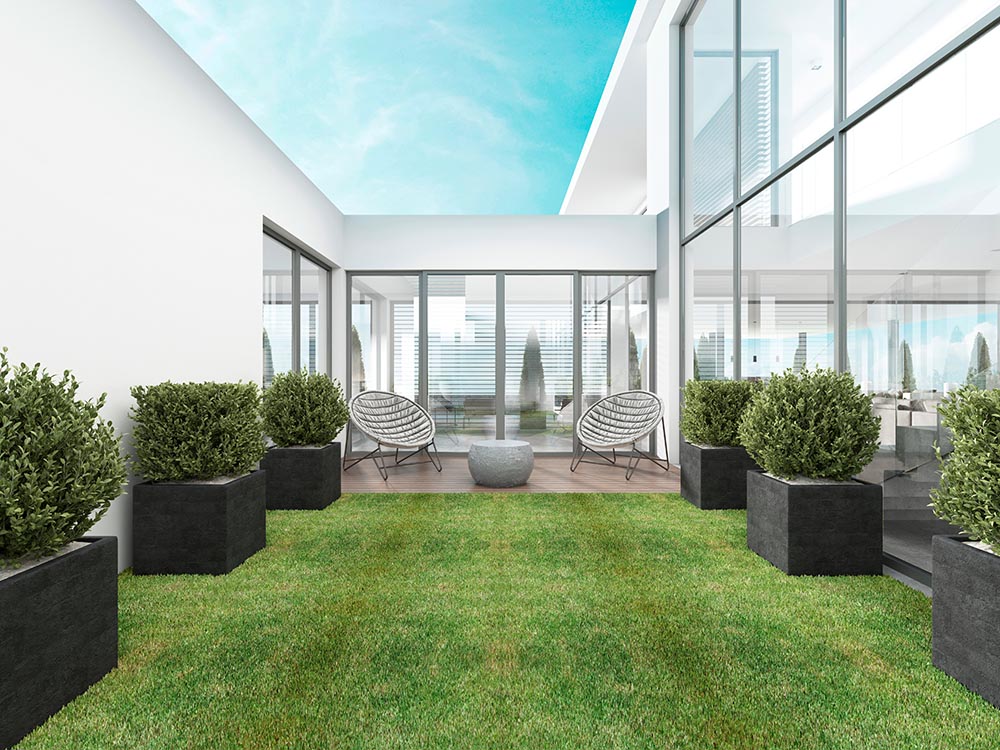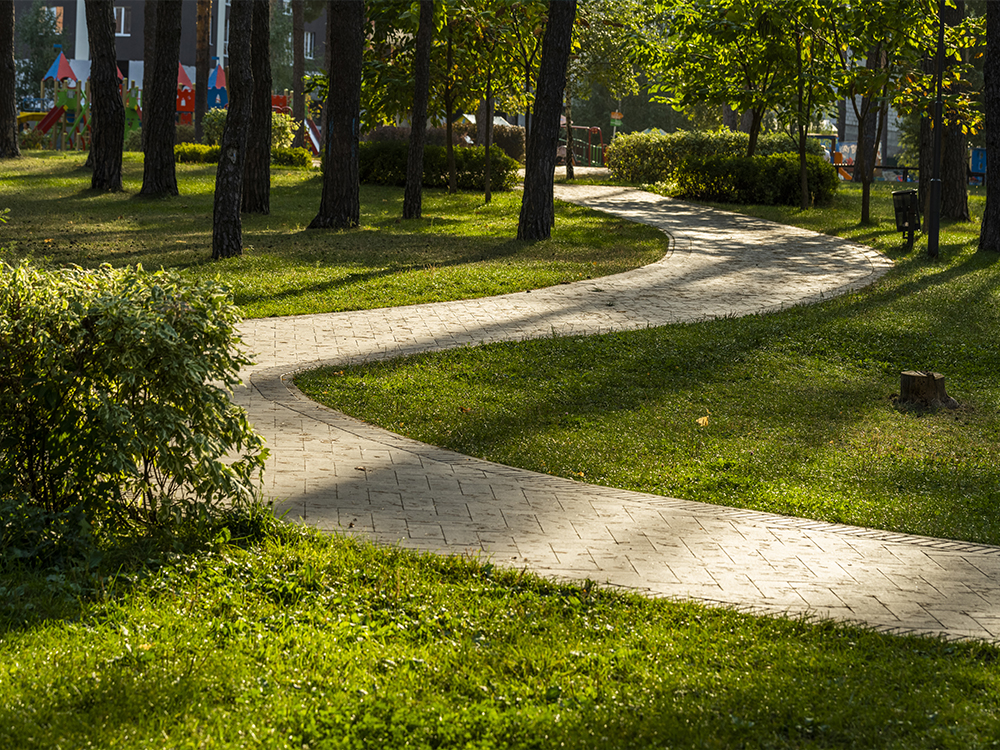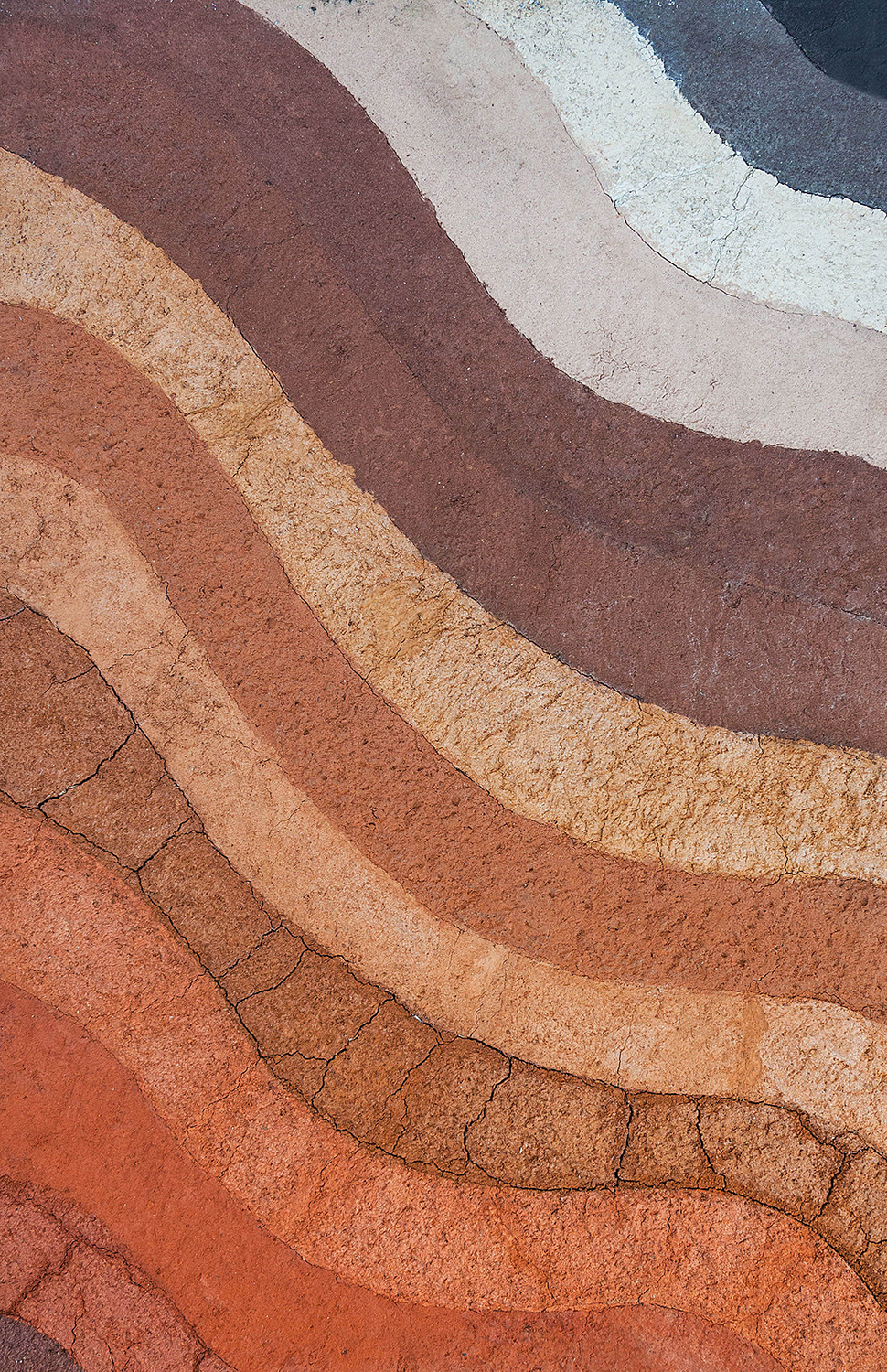The Main Plant Characteristics in Landscape Design
“A garden is a delight to the eye and a solace to the soul”
Saadi Shirazi
Outdoor spaces are like little corners of heaven, places to relax and find tranquillity away from the traffic of busy life and a hectic routine.
When creating a garden, it is important to remember that although this is an external environment, it has the same value as the interior: the outdoor space is not a separate element in itself, but an architectural, stylistic and aesthetic extension of the home or building.
Designing gardens requires many skills: botanical, technical, architectural. A Landscape Architect should know how to create green areas that combine the existing architectural aesthetics with relevant plant species, and how to cater for the needs of these plants in the space available.
To create stunning outdoor spaces that stand the test of time and adapt well to their environments, it’s crucial to know the botanical characteristics of the plant, its origin, adaptability, climate preferences and ecosystems.
Plants are often chosen based on the visual effects desired, but it’s always a good idea to choose plants based on the location and planting area; exposure, space and soil.
You can aim to concentrate the flowering in a few months (usually two or three), to have a strong visual impact that would be limited with time, or you can choose the plants which bloom throughout the growing season.
In addition to blooming (colour and period), it’s also important to note the distinction between evergreen and deciduous trees. Using evergreen plants means the garden won’t be completely bare of leaves and colour in winter. Furthermore, it’s important to consider other characteristics such as their growth speed and how tall/wide the plant can become.
Ground cover types, climbing plants, bushes and trees for hedges, aromatic plants, flowers, etc. must be carefully chosen and correctly placed.
Let’s go into more detail about which key plant characteristics you should know, to better identify the plant choice for a project.
Foliage
Some tree plants are called evergreen and others deciduous. Evergreens lose and renew their leaves continuously throughout the year, whilst deciduous trees lose their leaves in autumn and become bare in winter.
In both of these cases, it’s about adapting trees to the environment they are planted in. Evergreen plants, such as holm oak, cork oak or olive tree, live happily in coastal environments or at low altitudes. The deciduous trees, such as chestnut or beech, live happily at higher altitudes or in regions with harsher winters.
In addition, there are other types of trees that do not fall into the category of evergreen or deciduous, but have their own category. They are semi-deciduous, or semi-evergreen, depending on what you want to call them. These plants partially lose their leaves in a certain period of the year, depending on the weather or the nature of the plant itself.
For example, Brachychiton populneus tends to shed about half of its leaves in winter for a few weeks, and then it blooms. There are others, such as Delonix, which, although they are evergreen in humid tropical climates where there is a more pronounced drought and it is colder, behave like semi-deciduous trees.
As for the appearance of leaves, when comparing the leaf shape of a fir and that of a chestnut, the differences are visible. Botanists divide tree plants into two large groups: broadleaves trees, i.e. those with large and flattened leaf leaves, such as oak and chestnut, and coniferous trees with thin needle-shaped leaves, such as pine or fir. The very small leaf of the latter indicates the need to save water, which is not always available in the cold regions where they live.

Aspect
An important fact about outdoor plants is the exposure they get, or the period of time that plants are reached by the direct rays of the sun. Some plants thrive in complete shade, while others in full sun. It is best to place plants that need lots of sun in a south-facing or west-facing spot that ideally gives them more than four hours of direct sunlight throughout the day.
Most ornamental plants are sunseekers. However, many plants that grow naturally in woods and forests will only need shade. These could be placed near buildings or walls, or close to larger trees that cast shadows.



Soil
With a simple observation of the garden terrain, even an inexperienced eye can understand which type of soil characterizes its garden. It is known how important this operation is for the cultivation of plant species. Different plants are more or less demanding in terms of terrain.
What is commonly called “soil” is made up of two different categories of elements. Part of it is the result of the accumulation of inorganic mineral substances, such as, for example, dust, grains or rock corpuscles subsequent from the chemical breakdown of the same. The other instead derives from the remains of the decomposition of plant and animal beings that have accumulated over time or have been introduced into the soil by humans as a fertilization tool. The organic composition of the soil it is carried by bacterial activity.
The amount of these components present in the soil determines its chemical composition, which is also useful for understanding its type. We can distinguish clayey or chalk soil, silty or sandy and loamy or peaty.
- Clay – Heavy. Wet and cold in Winter and Dry. Dry and ‘baked’ in Summer. High in nutrients.
- Chalk – Could be Light or Heavy. Typically very Alkaline.
- Silt – Fertile, Light. Retains water and is easily compacted.
- Sand – Light, Dry, Warm – low in nutrients – likely to be Acidic.
- Loam – a mix of Sand, Silt and Clay.
- Peat – High in organic matter – and moisture.
Greenwood offers a large variety of plants to choose from that suit every need of your project. Login in into our Tender Tool web app to get a free and quick quote for your next project.

